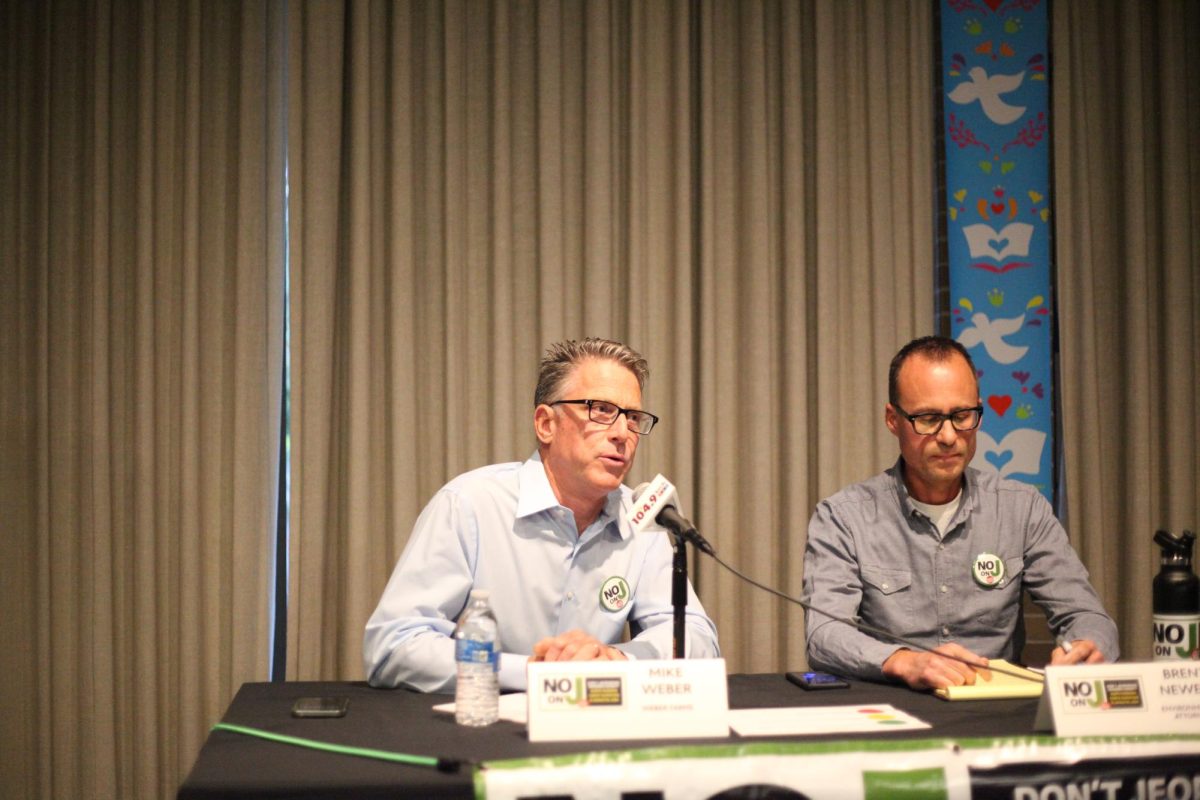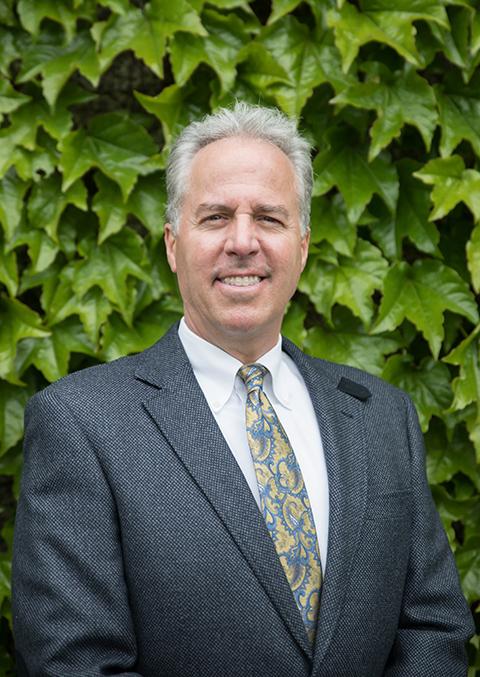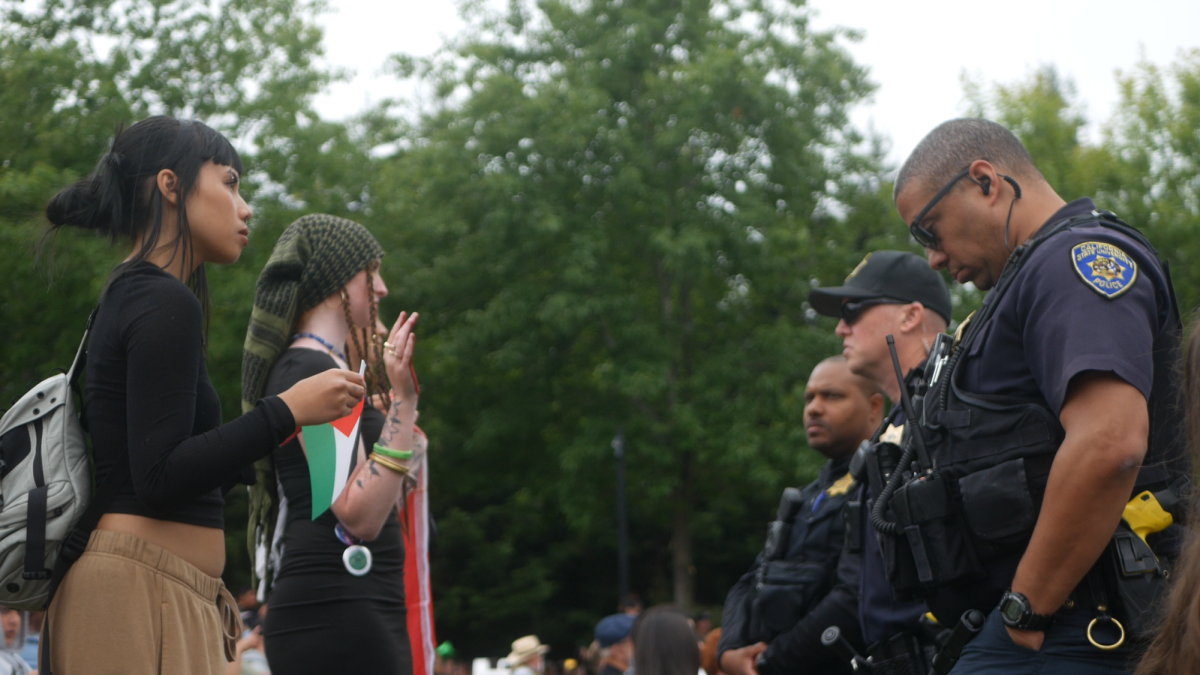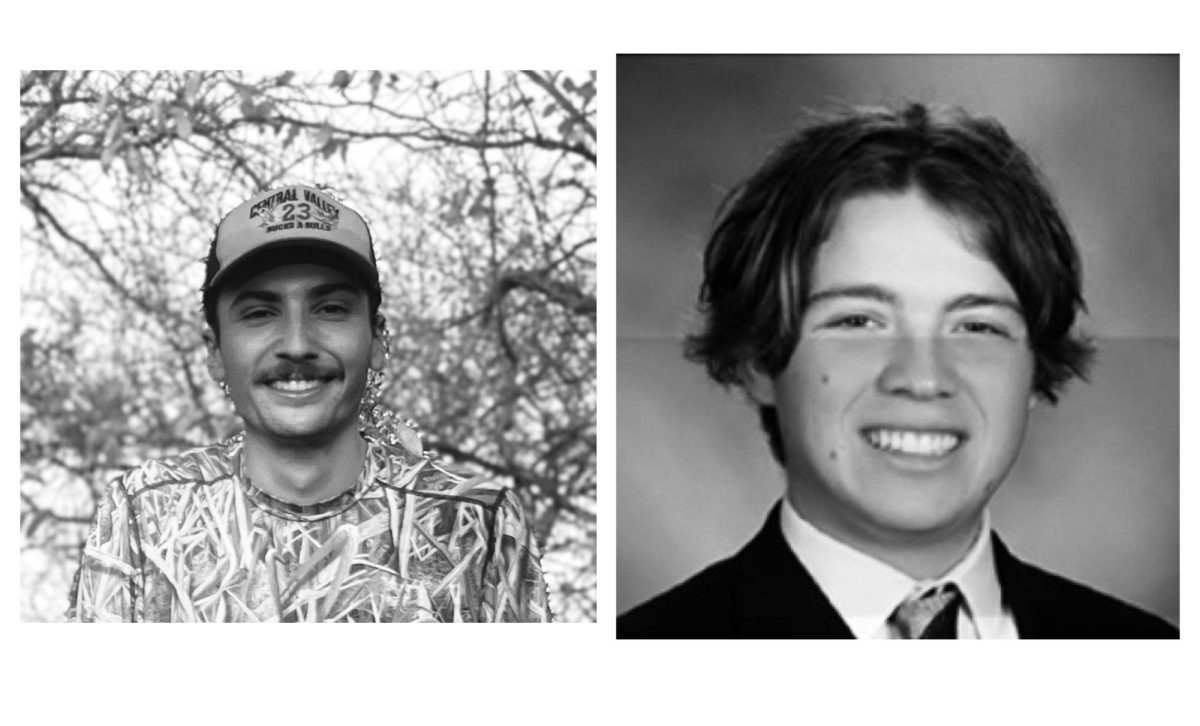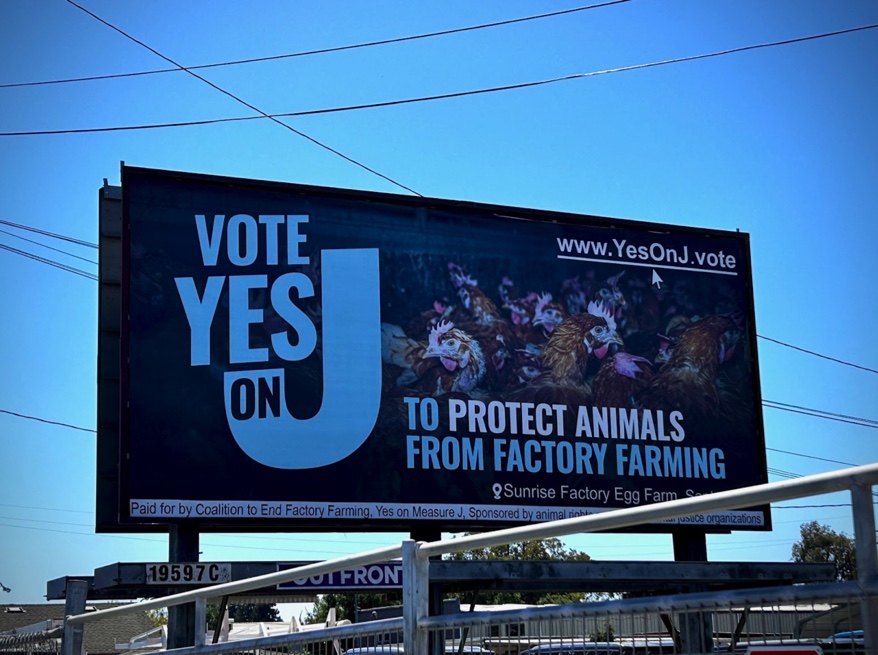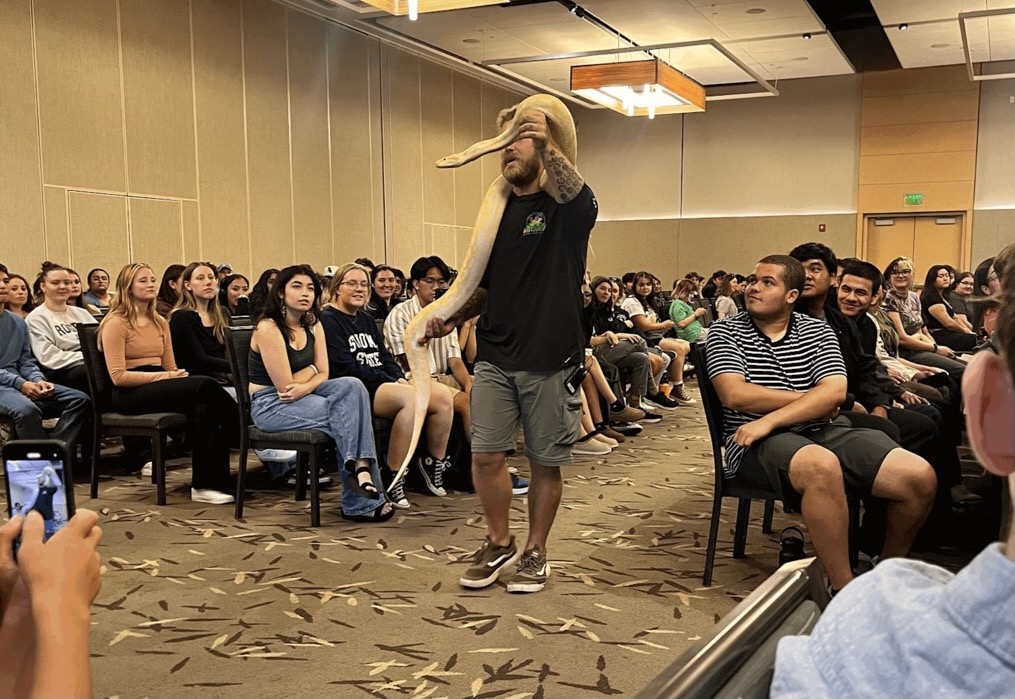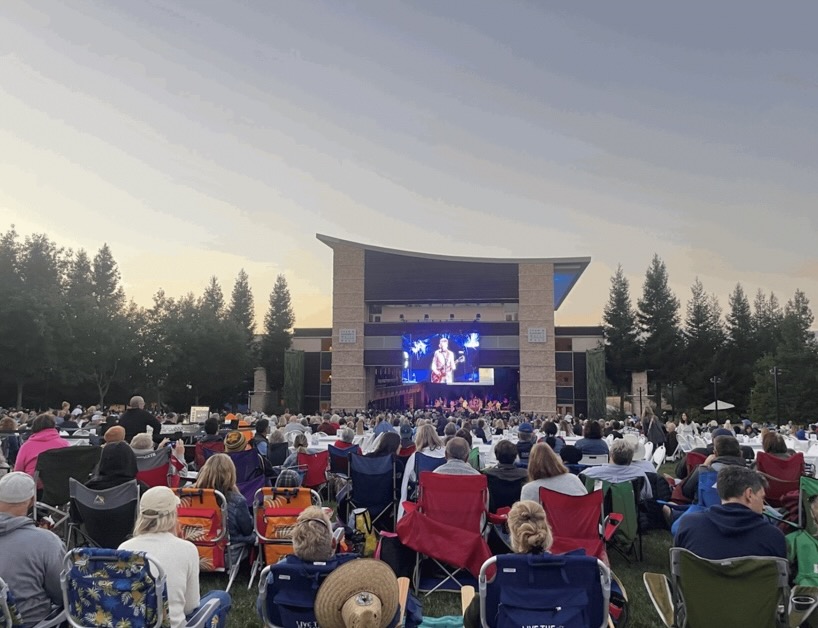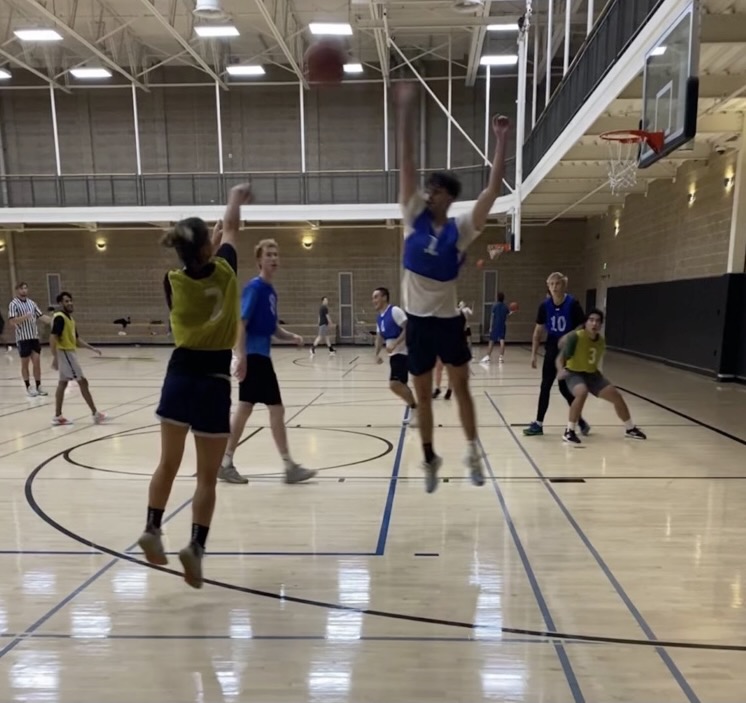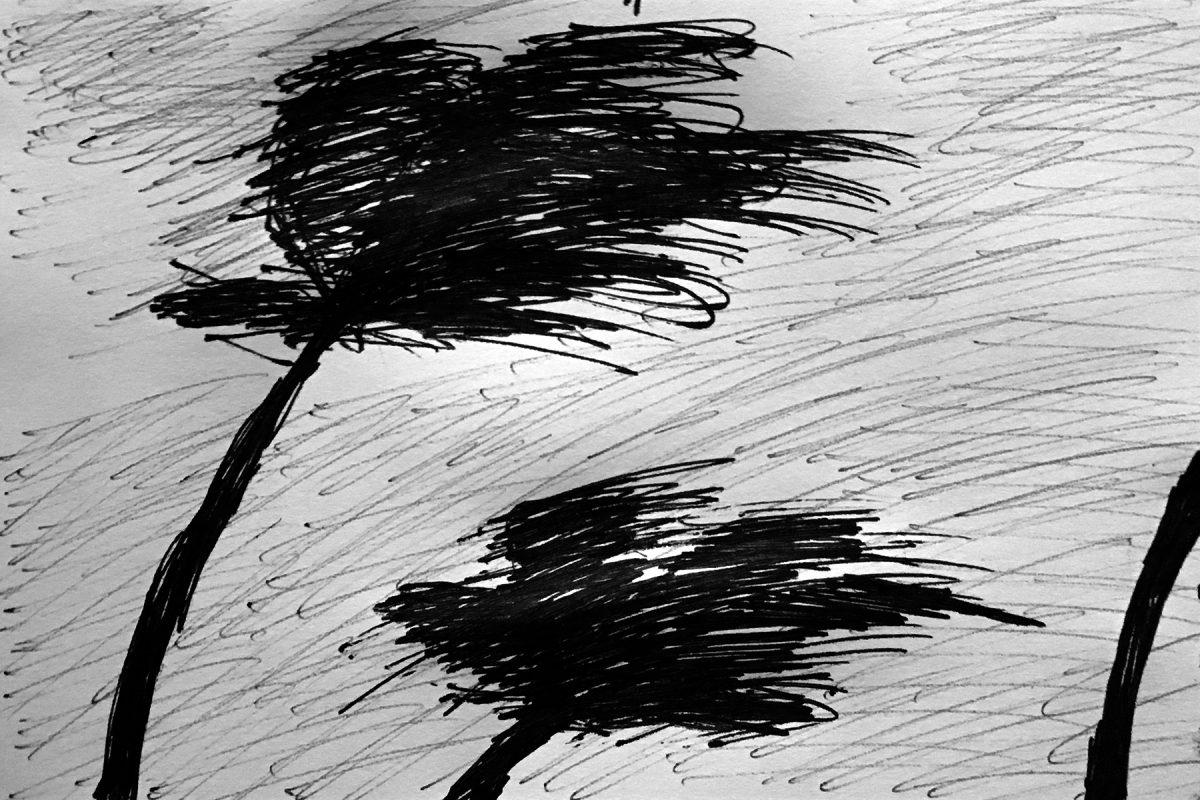After a disaster, when all the people have been accounted for, the dust has settled, and the scale of the destruction is apparent, the focus usually turns to rebuilding.
For victims of a fire, earthquake, hurricane, tornado or other natural disaster, the desire to return to a normal life after losing everything is paramount.
If someone loses their home, it is usually that person’s natural instinct to want what they lost back.
This is why, after an out-of control wildfire ripped through Santa Rosa last year, destroying five percent of the buildings in the city, construction is now well underway to restore the area to ordinary.
People want to rebuild for a variety of reasons. Resilience is one. People choose to rebuild because that is how they bounce back and return to normalcy. They don’t want to let a disaster stop them from living the life they had.
Judy Sakaki, Sonoma State’s president, faced the same dilemma that all disaster victims do — to stay or to go. Eventually, after looking into the whole process of rebuilding, she and her husband decided it would be better to get settled now rather than later, so she bought a home away from the disaster area.
Home insurance gives many the ability to rebuild, if they are covered. This doesn’t mean rebuilding is the right decision.
In fact, when you look at this issue on a societal scale instead of an individual one, rebuilding is often a bad decision, based on poor planning and lack of knowledge of historical events.
The reason part of Santa Rosa burned is because it is in an area that is highly susceptible to fires.
In 1964, the Hanley Fire followed a similar path as last year’s fires. Although the 1964 fire didn’t travel as far into the city, it still destroyed the Fountaingrove neighborhood.
After the Hanley Fire, the Fountaingrove neighborhood was rebuilt. Fifty-four years later, Fountaingrove burned down again.
Now, in 2018, Fountaingrove is being rebuilt for a second time. We’ll see how long the neighborhood lasts this time.
The same thing happens with hurricanes. After Hurricane Florence hit the Carolinas last month, the state once again went through the process of replenishing its beaches by pumping tons of sand back where it once was. The logic behind this is that this is high value property, so dredging up a fresh beach is worth it.
But when replenishing beaches with sand becomes an annual affair, costing millions of dollars, it might be time to move on.
Climate change has made disasters worse. They are more frequent, more powerful, and more destructive. Instead of trying to fight these disasters by rebuilding over and over again, we need to adapt. Sometimes, this might mean moving on from an area that has a lot of value just because the risk of disaster is too high.
Climate change will affect what areas can continue to be inhabited safely.
Repeated disasters in the same area are a sign that that spot is no longer a viable place to live.
Instead of denying the reality of these changes, adaptation is necessary to avoid disasters, even if that means abandoning areas that were once home.

